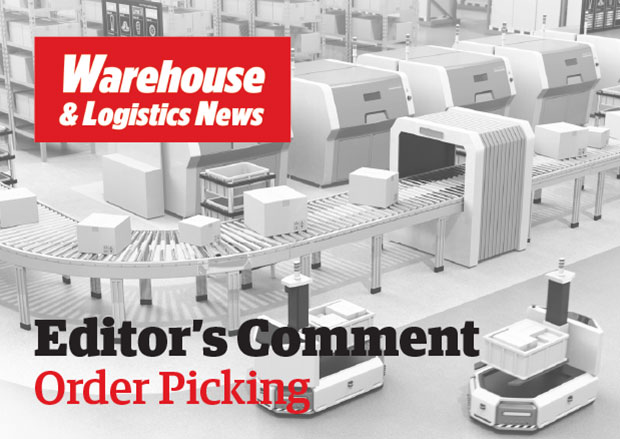The WMS market has evolved in recent years, with a plethora of systems now available, standalone and ERP-derived, with both cloud-based and on-premise hosting options, helping streamline order picking. Every business is different, and a successful WMS implementation involves a thorough process to fully specify functional and non-functional requirements. Following specification and blueprinting, strong client-side project management, which can be facilitated by SCCG, is essential to deliver a properly tested system and a smooth go-live.
 This article was first published in the September 15th 2025 issue of Warehouse & Logistics News, subscribe to the magazine by clicking here.
This article was first published in the September 15th 2025 issue of Warehouse & Logistics News, subscribe to the magazine by clicking here.
The partnership between BS Handling Systems and EAE Solutions provides UK businesses with access to industry-leading sortation backed by expert implementation, service and support. The E-Cross Sorter is a high-throughput crossbelt sorter capable of processing up to 12,000 parcels per hour, while E-Cross Slim Line Sorter is a space-saving, high-speed sorting solution ideal for e-commerce and retail logistics. These flexible solutions are designed for diverse operational needs, from high-volume CEP networks to specialised e-commerce fulfilment.
TGW Logistics is building a highly automated fulfilment centre for the retail giant ICA Sweden, to be finished by January 2026. At its centre will stand a 30-metre-tall freezer warehouse for pallets, which will be connected to a dynamic shuttle system. In order to pick the shops’ orders, the required items will be retrieved, sequenced and then assembled; palletising stations will handle the fully or partly automated stacking of orders into roll cages appropriate for the shop in question.
An automated central fulfilment centre (CFC) recently went live in Sydney for Australia’s leading supermarket chain, Woolworths. Equipped with KNAPP’s E-Grocer solution, the 22,000-sq-m facility processes up to 60,000 online orders per week and has increased Woolworths’ online capacity across Western Sydney by over 50 per cent. The Auburn facility features two key KNAPP technologies: the Evo Shuttle automated storage system and the Pick-it-Easy Robot fulfilment solution.
The cost of automation depends on many factors such as warehouse size, processes, level of automation and existing infrastructure. While the initial capital expenditure (CAPEX) can appear high, it’s only part of the equation. A clear understanding of ROI reveals a broader value: automation increases output, reduces labour dependency, improves picking accuracy and enhances product quality through advanced checks, according to Cimcorp.
It is essential to choose the right WMS for your business needs, to streamline the all-important order picking process.
George Simpson
Features Editor




Comments are closed.